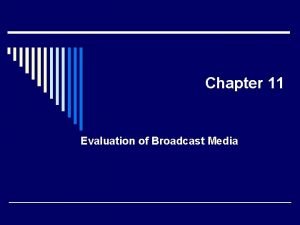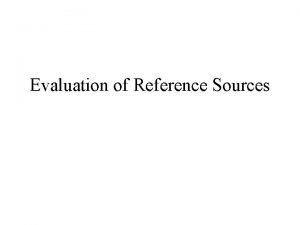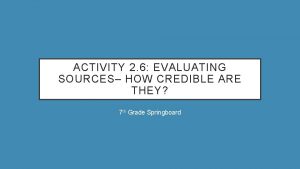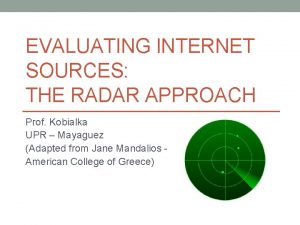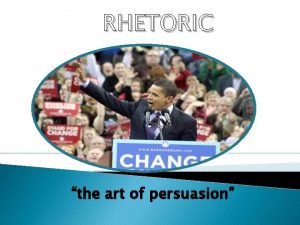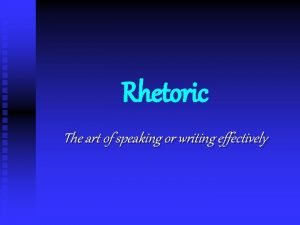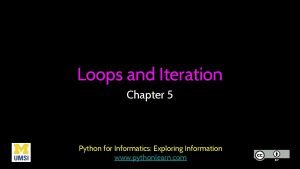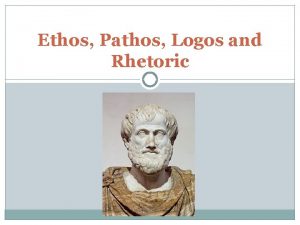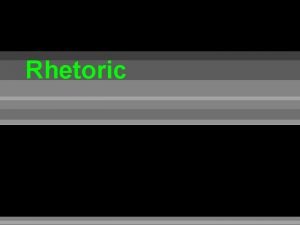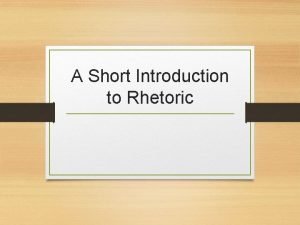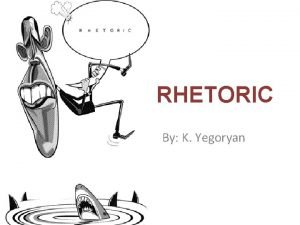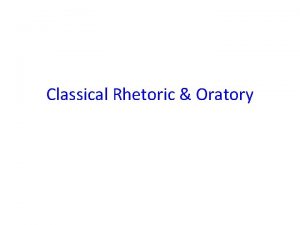FirstYear Writing and Rhetoric Evaluating Sources Assessing Print









- Slides: 9

First-Year Writing and Rhetoric

Evaluating Sources

Assessing Print Sources • How to evaluate print sources? What factors should you attend to? • Relevance: how closely the source is related to the issue at stake. For books, scrutinize the tables of content and their indexes. For articles, examine the abstract. • The author’s credentials: they should be set forth somewhere in the source you are using. Ask yourself these questions: 1. Is the author an expert on the issue at stake? 2. Is s(he) cited by others in the ongoing conversation? 3. What do others say about the author and the source you are citing?

Assessing Print Sources • The author’s stance: what is the author’s point of view on the issue at stake? How does this point of view support or challenge yours? • The publisher’s/sponsor’s credentials: for example, check if the newspaper is a major one or a tabloid. Check if the publisher is one widely recognized or has its own Website. Investigating/inquiry is always a safe bet. • The publisher or sponsor’s stance: you may need to read between the lines to identify this position and to see how this position affects the message the source presents. In other words, what are the goals of the source, and what does the publisher/sponsor advocate for?

Assessing Print Sources • Currency: how recent the publication of the source is. You might be talking about outdated sources in the field of science. What about history and literature? • Accuracy: does the author cite other sources for the claims in the article/arguments? If so, how credible are these sources? • Level of specialization: general sources vs. specialized sources are factors to consider. Specialized sources may use terminology that the average reader may not understand.

Assessing Print Sources • Audience: whom the source address? The average reader? The specialist? The advocate or opponent? • Length: Longer sources tend to provide adequate details in support of our claims. • Availability: Is the source available or accessible? If not, we might consider investing in a different available source. • Omissions: is there anything missing or omitted from the source that tends to affect the use of the source as evidence?

Assessing Electronic Sources q In addition to those criteria used to assess print sources, we might want to attend to the followings: • Who is the creator of the Website/medium? Clues can be elicited from the URL. • What can you determine about the author/sponsor’s trustworthiness and credibility? • Who can be held accountable for the information in the site? • How current is the site/document? • What points of view are represented?

Assessing Field Research q Field research has to do with conducting experiments, interviews, observations, questionnaires, and surveys. Ask yourself the followings: • Have you rechecked your data and conclusion for accuracy? • Have you identified your participants, as well as time and place? • Have you identified your role in the research and how this role could have influenced your findings? • Have you gotten your participants’ permissions and consents to use their output in the research?

 Print sources and web sources
Print sources and web sources Advantages and disadvantages of broadcast media
Advantages and disadvantages of broadcast media Ways to address grammar in the writing classroom ppt
Ways to address grammar in the writing classroom ppt Evaluation of reference sources
Evaluation of reference sources Evaluating credible sources activity
Evaluating credible sources activity Radar evaluating sources
Radar evaluating sources Rhetoric: the art of persuasive writing and public speaking
Rhetoric: the art of persuasive writing and public speaking The art of speaking and writing
The art of speaking and writing Iteratio n5
Iteratio n5 Iteratio n5
Iteratio n5

